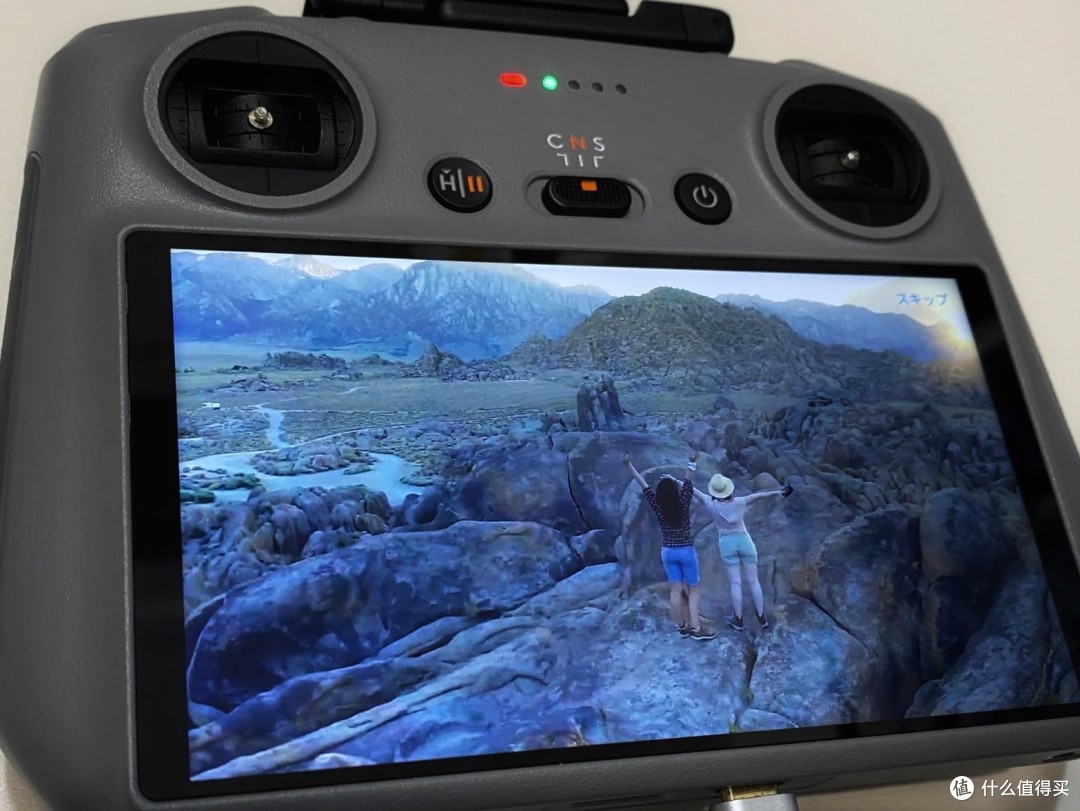As technology advances, drones for delivery are swiftly becoming pivotal components of modern logistics, illustrating their potential to transform the industry substantially. In recent years, the application of delivery drones has surged, offering unprecedented benefits such as speed, efficiency, and reduced operational costs. Businesses worldwide are capitalizing on these advantages, paving the way for a future where drones could overshadow traditional delivery methods.
The Advantages of Using Drones for Delivery
Drones offer a range of advantages that traditional delivery systems struggle to provide. Firstly, their capability to operate autonomously allows for potential savings in manpower, as less human intervention is needed. Moreover, drones can directly fly over traffic congestions, ensuring timely deliveries—a significant advantage in urban areas where traffic jams are common.
Eco-Friendly Solutions and Operational Efficiency
An often-overlooked advantage of drones is their environmental impact. Compared to conventional delivery trucks, drones produce remarkably lower emissions, offering a more sustainable delivery solution. Additionally, their ability to reach remote or difficult areas can enhance distribution networks, ensuring goods reach their destination efficiently and promoting broader market access.
is their environmental impact. Compared to conventional delivery trucks, drones produce remarkably lower emissions, offering a more sustainable delivery solution. Additionally, their ability to reach remote or difficult areas can enhance distribution networks, ensuring goods reach their destination efficiently and promoting broader market access.
The Role of Drones in Last-Mile Delivery
Last-mile delivery—the final step of the delivery process—poses significant challenges and incurs considerable costs for logistics. Introduction of drones has signaled a shift towards resolving these issues. With drones capable of bypassing geographical hindrances and serving multiple delivery points within a single trip, the logistics industry experiences reduced costs and improved delivery times.
Applications Beyond Retail
While retail giants have spearheaded the move towards drone delivery, other sectors are exploring these uses too. Healthcare, for instance, has begun utilizing drones to deliver medical supplies to isolated areas quickly. During emergencies, drones can ensure rapid delivery of much-needed medical equipment, thus proving essential for timely interventions.
Challenges Facing Drone Deliveries
Despite the promising future, implementing UAV technology in logistics is not without challenges. Legal regulations remain stringent, limiting drone operations significantly in some countries. Safety concerns also persist, requiring rigorous testing and development to prevent accidents. Furthermore, technological barriers such as limited battery life constrain the current capabilities of drones.
Future Prospects and Innovations
The future of drones for delivery seems bright with continuous innovations aiming to overcome existing challenges. With developments in AI and machine learning, drones are becoming smarter, navigating complex environments with greater ease. Battery technology is advancing too, promising longer flight durations, which will expand their operational range significantly.
FAQs on Drone Delivery
Q: Are drones reliable for delivering fragile items?
A: Yes, drones equipped with advanced stabilization systems and sensors can safely transport fragile items, minimizing the risk of damage.
Q: How do weather conditions affect drone delivery?
A: Weather conditions such as strong winds and rain can impair drone operations, but advancements in technology are improving resistance to such challenges.
Q: What are the legal requirements for operating delivery drones?
A: Regulatory requirements vary globally, typically necessitating permits and compliance with aviation rules, ensuring safe operation within legal frameworks.